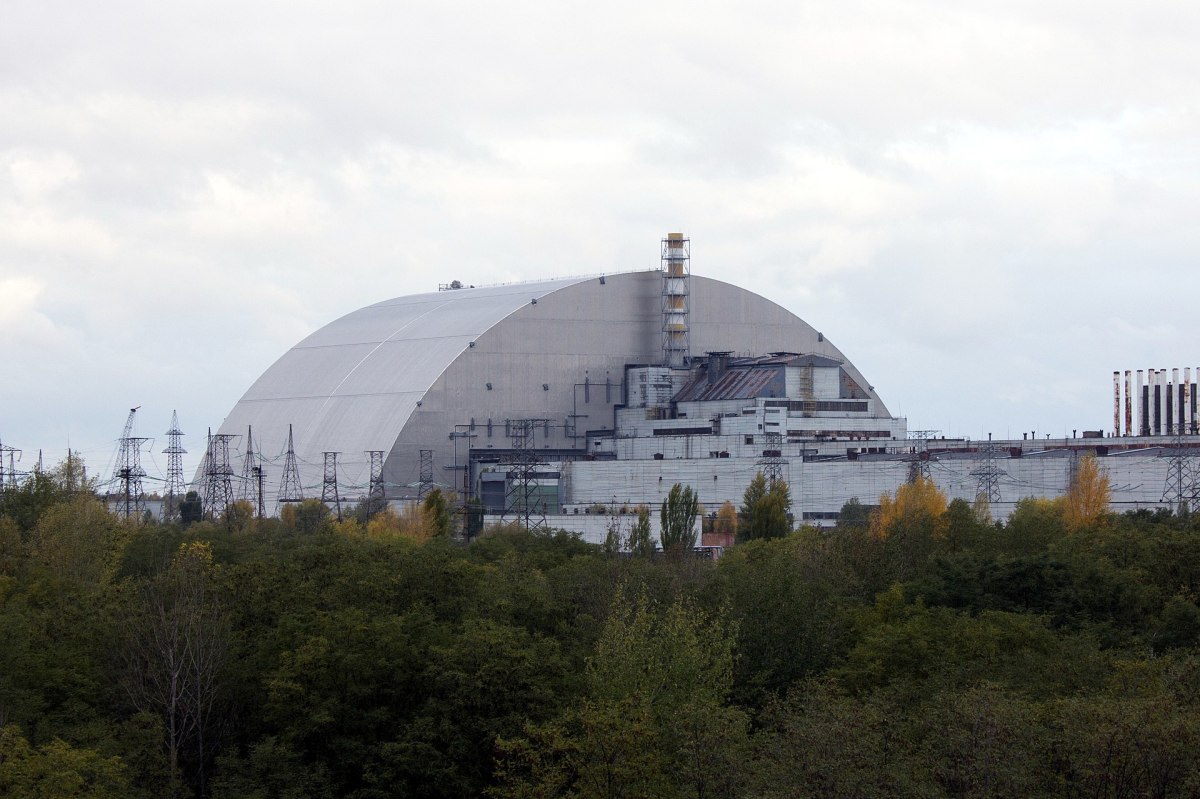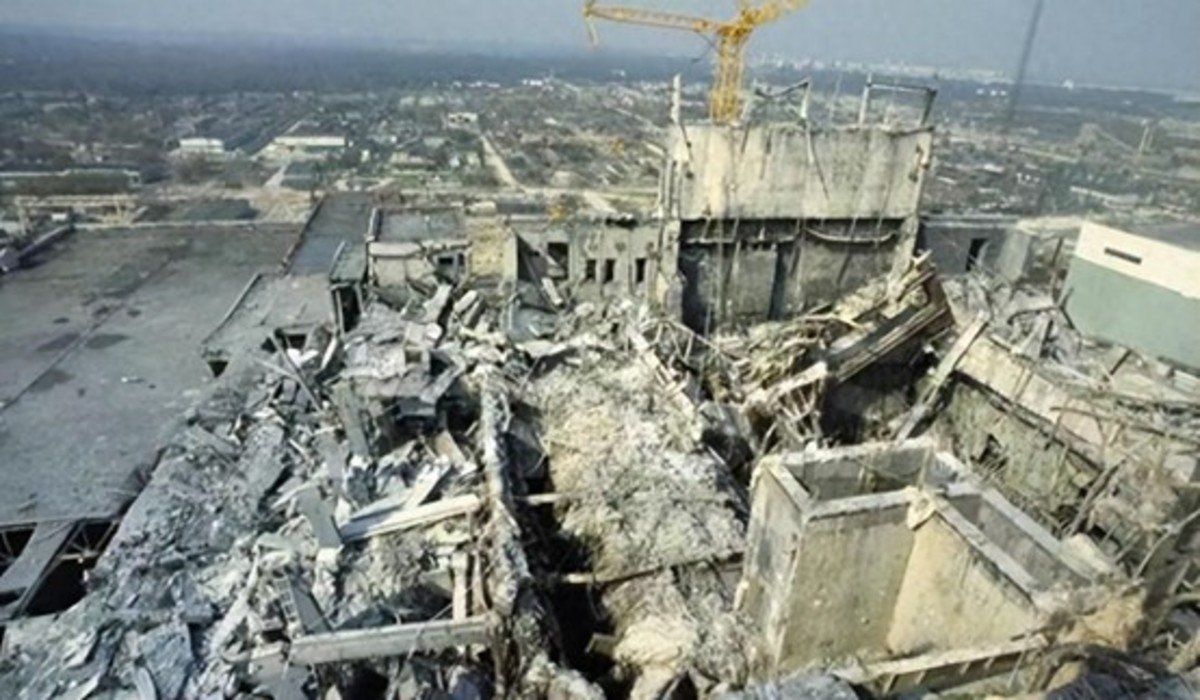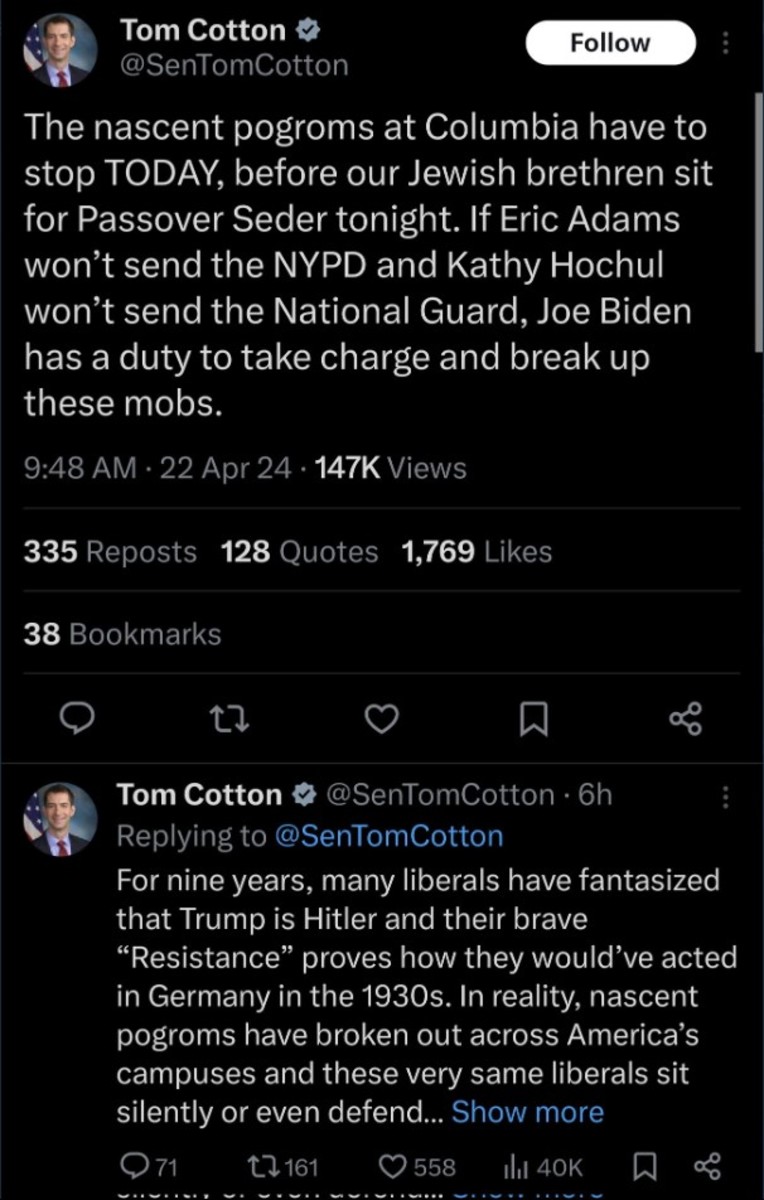Progress and the price of tomorrow
A reverence for all things scientific
Since the Victorian era, if not before, we have been enamored of and fascinated with technology and all things new and scientific. Steam ships begat speedier travel and exploration. Travel and exploration created new problems that demanded new solutions, and we solved them. Jungle incursions acquainted us with Malaria. Malaria ushered in a need for quinine. Quinine was awful, but palatable with gin. Gin was better with a carbonated beverage. Ah, tonic water. Gin and tonic was born.
What was also born in those heady times was the idea that we could solve anything that was thrown our way.
The Panama Canal. Automobiles. Airships. The airplane. Oh yes, we had war, yellow fever, polio, cholera and a few disasters on the way. Still we were making progress.
Attitude Adjustment
Great Wall of China near Jinshanling
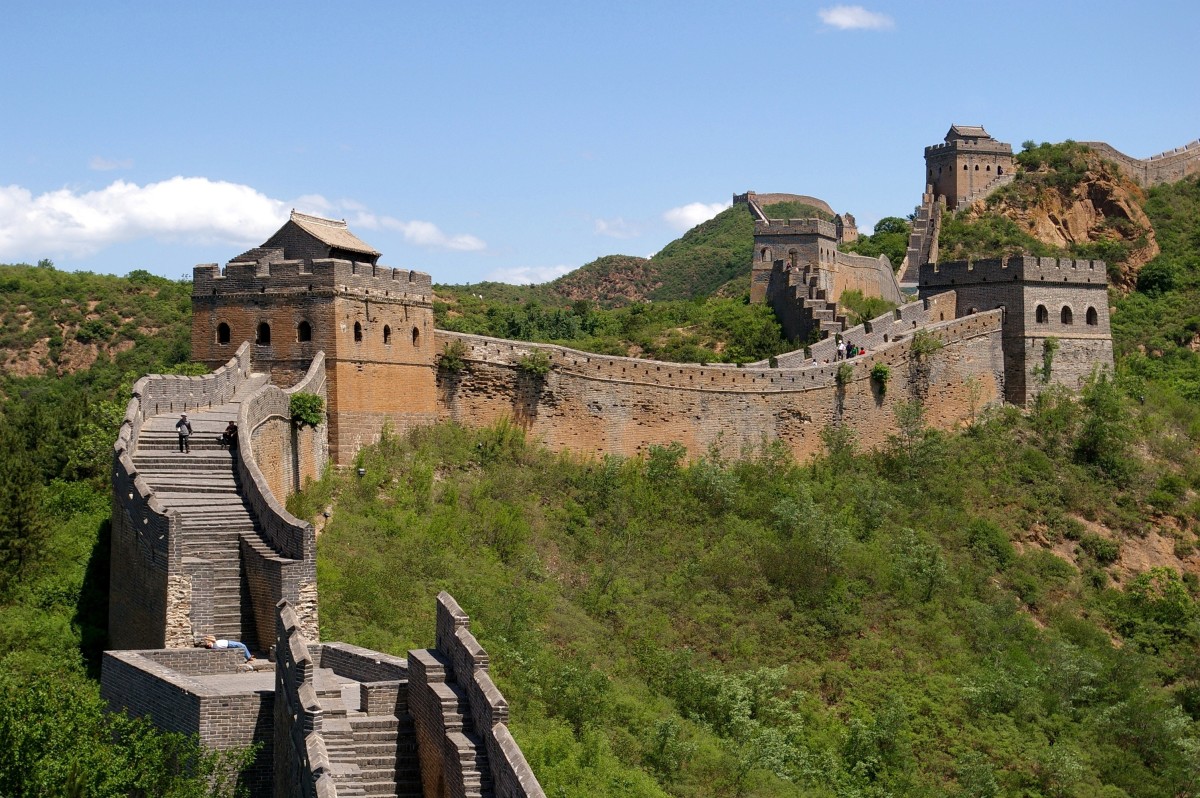
Panaceas and pandemics
As we have explored our planet and opened up new frontiers we have encountered and spread disease. We haven't always done this intentionally, but the consequences have been no less horrific. Once a workable vaccine for smallpox was discovered we began the search for cures for polio,diphtheria,cholera, malaria, measles, mumps and an assortment of disfiguring and life-threatening diseases. Once Fleming, Banting and Best, and Louis Pasteur had worked their alchemy it seemed that everything was possible. Would we finally be rid of plague and the specter of flu epidemics such as 1918, when 16 million lives were lost?
No, we managed to find new diseases .. or at least to reacquaint ourselves with ancient terrors long forgotten. HIV, Leprosy,AIDS and even Bubonic plague still exist in a world that has sent men to the moon and journeyed to the deepest parts of its oceans.
There has been a controversy about the causal factor of the MMR (Measles,Mumps and Rubella) vaccine and the Autism spectrum. As of yet there is no definitive proof of a link between any vaccination and Autism. The idea was that the Thimerosal (a mercury-based preservative) somehow triggered Autism in recently vaccinated children. What is inarguable is the over-reliance of prescription medicines and quick medical solutions for everything from Attention Deficit Hyperactivity Disorder (ADHD) to chronic exhaustion. For at least 50 years we have medicated ourselves to distraction, and disassociated ourselves from reality. Is it any wonder that we turn to quick 7-step programs, quack doctors, ministers and motivational gurus who can fix us over a long weekend.
We dose ourselves with prescription medicine and dull children with whatever works at the moment. We administer the i pad, the Ritalin, and of course the idiot box remains a favourite. Roald Dahl famously called television the 'Reading Killer' and it appears to be a fairly efficient assassin of young and old minds alike.
Medical Miracles
Will Medical science eventually cure all disease?
BBD The Bigger Better Deal
Our quest for the quick and the profitable has decimated forests, driven animals and ethnic groups to extinction and rendered areas of the planet uninhabitable.
Union Carbide
On the night of December 2nd, 1984, a Union Carbide plant in Bhopal, India, began leaking 27 tons of the deadly gas methyl isocyanate. More than 410 people died.
Chernobyl
The Chernobyl disaster was a catastrophic nuclear meltdown that occurred on 26 April 1986 at the Chernobyl Nuclear Power Plant in Ukraine, which was then part of the Soviet Union. A completely preventable dister that involved more safety standards,poor construction,minimal oversight and a horrendous loss of live. It involved heroes and victims. The area around the plant is now a dead zone.
The Chernobyl disaster was a catastrophic nuclear accident that occurred on 26 April 1986 at the Chernobyl Nuclear Power Plant in Ukraine, which was then a part of the Soviet Union. An explosion and fire released large quantities of radioactive particles into the atmosphere, which spread over much of the western USSR and Europe.
The Chernobyl disaster was the worst nuclear power plant accident in history in terms of cost and casualties, and is one of only two classified as a level 7 event (the maximum classification) on the International Nuclear Event Scale (the other being the Fukushima Daiichi nuclear disaster in 2011). The battle to contain the contamination and avert a greater catastrophe ultimately involved over 500,000 workers and cost an estimated 18 billion rubles. During the accident itself, 31 people died, and long-term effects such as cancers are still being investigated.
Northern Canada
The plight of people in the north is largely unrecognized in Canada and scarcely noticed by the rest of the world. Diamonds and oil rich lands are exploited by multinationals even as the local population lives in poverty. Keystone will add more misery to this already sordid tableau.
In Canada, the first phase of Keystone involved the conversion of approximately 864 kilometers (537 mi) of existing 36-inch (910 mm) natural gas pipeline in Saskatchewan and Manitoba to crude oil pipeline service. Keystone's intent is to ship crude oil into the United States. While this in undoubtedly creating jobs and will create more, what will be the environmental and human cost of this progress? Pipelines rupture and oil spills. It happens everyday and will continue to happen.
Shell Oil wants to drill in the Arctic. They promise it will be safe. Try to picture Alfred E. Newman on the bridge of the Exxon Valdez. "What,me worry?"
Mine disasters ad Nauseum
Alaska
Oil Spills ad Nauseum
Kalimantan
Deforestation. The loss of 60 per cent Kalimantan's rainforest, as well as the marvelous and unique biodiversity of it's flora and fauna. We may have already lost cures for cancer, AIDS and Alzheimers.
The Amazon
The Amazon is unique not just as a major river through a massive continent, but as a broad-leaf rainforest containing one of our major sources of oxygen,but as another resource rich and biologically diverse area. It is an area under siege. Deforestation, mining,agriculture and the forced removal of indigenous populations.
Tasmania
The indigenous people of Tasmania. The Tasmanian aboriginals still exist,but in diminished size and circumstance.
Tigers
Three species of tiger are gone. There were nine subspecies of tigers, three of which are extinct. The Javanese, Balinese and Caspian have become extinct in the recent past.
Environment and disaster
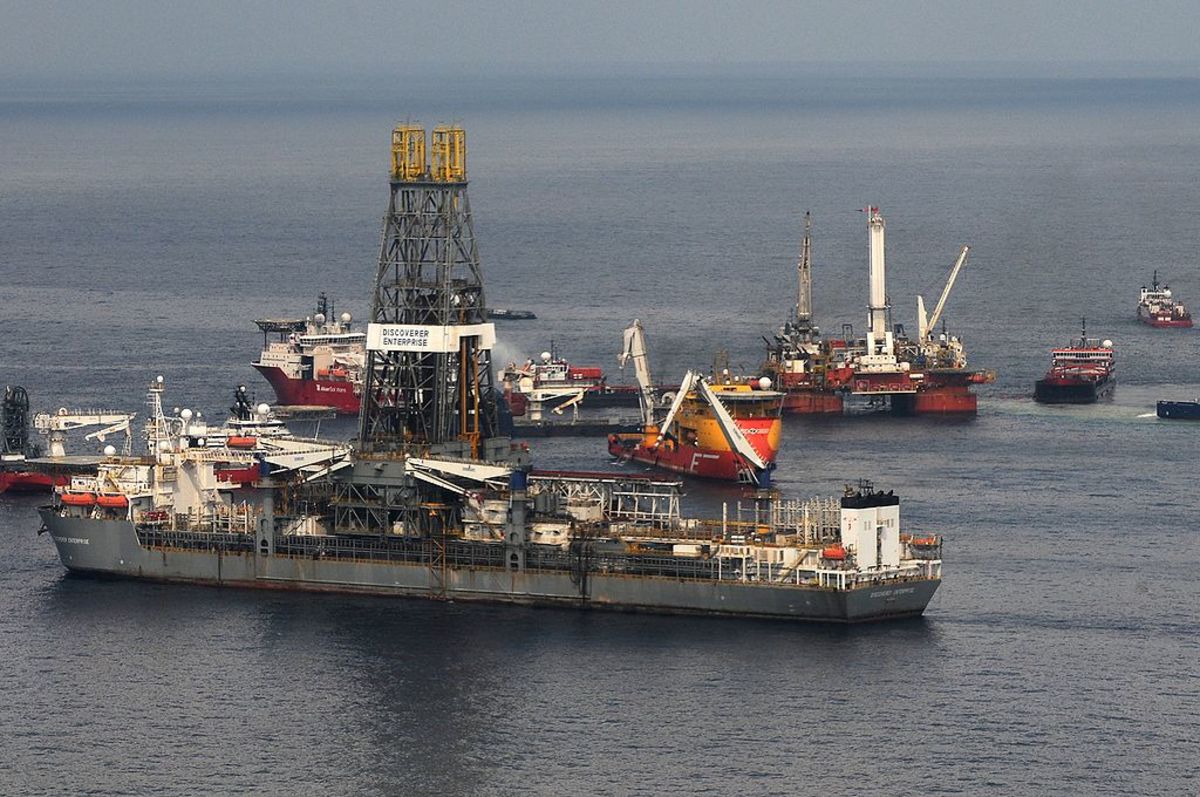
Tragedy and setbacks
Humanity has paid a price in it's pursuit of progress.
The 19th century brought discoveries in engineering,electrical conductivity, the telephone and chemical dyes and fertilizers. We also managed a few explosions here and there. Some of them were not planned.
On Wednesday, September 17, 1862, around 2 pm, the Allegheny Arsenal exploded. The explosion shattered windows in the surrounding community and was heard in Pittsburgh, over two miles (3 km) away. At the sound of the first explosion, Col. John Symington, Commander of the Arsenal, rushed from his quarters and made his way up the hillside to the lab. As he approached, he heard the sound of a second explosion, followed by a third. Fire fighting equipment as well as a bucket brigade tried to extinguish the flames. The volunteer fire company from Pittsburgh arrived and assisted in bringing the fire under control.
By the time the fire was put out, the lab had been reduced to a pile of smouldering rubble. 78 workers, mostly young women, were killed. Fifty-four victims were never identified, and were buried in a mass grave in the nearby Allegheny Cemetery. It was single largest civilian disaster during the war. Among those killed was a 15-year old munitions assembler named Catherine Burkhart.
1899: Sumitomo Besshi bronze mine area, landslide with debris flow disaster, Niihama, Shikoku, Japan, 512 died.
The sinking of the Titanic in 1912 was the last gasp of the Victorian fascination with opulent technological marvels. It did not stop our quest for mechanically-assisted utopias. The Hindenburg exploding in New Jersey put us off airships. This is too bad because they really are beautiful and elegant creations.
News: Will it make you afraid, angry or mobile?
More pipelines rupturing, more bees dying, more battles, more refugees, more orphans, bigger profits, more chemicals being spilled, more miners dying in cave ins. These are daily headlines around the world. It's enough to provoke tears, screams, or just go back into your room and pull the covers over your head.
There are a few other choices. You can vote for those who have shown a willingness to fight against these changes. You can blog, tweet, Snapchat or Instagram your concerns. You can join Pinterest and start and share a few boards.
You can join Avaaz, Greenpeace, WWF, Sumofus, 38 Degrees, or Move On. There are other groups out there. Many committed to political change, or environmental awareness or fundraising for worthy causes. Ultimately the choice is yours, but doing something is likely more rewarding and more useful than doing nothing.
War, what is it good for?
World War I and II should have put us off of wars, but since the American Civil War and the Crimean carnage hadn't managed that it's not hard to see that a few million lives here or there would stop the hellish machinations and lucrative manipulations of warfare. War has lead to the creation, and or the wider use of, technologies that have been both boon and blight to our tattered little sphere.
The Civil War, America's bloodiest conflict, ended with 1,100,000 casualties and claimed more than 620,000 lives. Both soldiers and civilians died or were maimed. Many died of disease or shock. Battles such as Gettysburg, Shiloh, the Wilderness and Chickamauga are ranked among the most horrific battles of history. The carnage scarred the land and the psyche of the divided American nation. It is ironic that this struggle would ultimately pull the nation together.
Even at this stage of warfare man's inhumanity had created weapons so horrific that then-current medical practice couldn't keep up. Limbs were amputated. Disease spread as fast as rumour. Disease, shock, blood-loss and exposure claimed more lives than conflict.
We have managed to maintain this pace through the first and Second world wars, on through Korea and Vietnam and into the two Gulf Wars. We really did get better at treating wounded by the time Iraq and Afghanistan happened, but then managed to ignore the needs of veterans. Broken in body and spirit, these men and women then returned home to diminished circumstance and a denial of rights and treatment. The government that sent them to war now has abrogated its obligation to care for them and their families.
The human cost of these wars have included civilians, euphemistically referred to as 'soft targets'.
Building the better day
We have fashioned marvels of achievement and struggle, from the Pyramids, to the Coliseum, to Petra, and to the stronghold at Masada. Humans hands have worked clay, mud, moss, grass, straw, stone, bones, hides and even the skulls of both enemies and victims into creations to honor, oppress, brutalize and immortalize humanity.
We have created both the asylum and the abattoir. We have laid foundations for both Kindergartens and killing fields. We create labour saving devices and now work longer hours for less money. While we hunger for simpler answers and less brutal existences, we create new ways to complicate our days.
Who did you kill for that?
Great Wall of China
| The Napoleonic Empire
| Death toll of Iraq war and Afghanistan
|
|---|---|---|
When Emperor Qin Shi Huang ordered construction of the Great Wall around 221 B.C.
| Revolutions and then wars of conquest
| As of 2014 132,000 Civilians killed Afghanistan 21,000 Iraq 133,000 Total 154,000
|
Approximately 400,000 people died during the wall's construction
| The death toll from the Napoleonic Wars is estimated to be 6.5 million people.
| Iraq Coalition Military Fatalities US 4489 UK 179 Other 139 Total 4807
|
The labor force that built the wall was made up largely of soldiers and convicts. Many of these workers were buried within the wall itself.
| The French revolution, while inspired by the American War for Independence, was drastically different in that it resulted in wholesale slaughter and the birth of an Empire.
| Afghanistan Coalition Military Fatalities US 2356 UK 453 Other 676 Total 3485
|
Progress
The Native people of the Americas
The population figure for Indigenous peoples in the Americas before the 1492 voyage of Christopher Columbus has proven difficult to establish. Scholars rely on archaeological data and written records from settlers from the Old World. Most scholars writing at the end of the 19th century estimated the pre-Columbian population at about 10 million; by the end of the 20th century a revised estimate of about 50 million, or even 100 million. At least 400 separate languages have been documented. Settlements and civilizations have been uncovered. So much has been irrevocably lost. From the great empires of the Mayan, Inca, and Totlec and up to the nomadic Inuit, the loss of a way of life was the least of the miseries heaped on the native populations.
This list includes Inuit people, Yupik peoples, Aleut people, Alaskan Natives, American Indians, First Nations, Métis, and indigenous peoples of Mexico, the Caribbean, Central America, and South America.
Regardless of their population, they were decimated by contact with Europeans. Meet and greet in the New World led to the European colonization of the Americas, in which millions of immigrants from the Old World moved in for a long sleepover.
The population of African and Eurasian peoples in the Americas rose, while the number of the indigenous people dropped. Eurasian diseases such as smallpox, influenza, bubonic plague and pneumonic plagues devastated the Native Americans who did not have immunity. Conflict and outright warfare with Western European newcomers and other American tribes further reduced populations and disrupted traditional society. The extent and causes of the decline have long been a subject of academic debate, along with its characterization as a genocide.
Native America before European Colonization by Thomas Oklahoma
Connections James Burke How it all comes together
Malcolm X and the Media
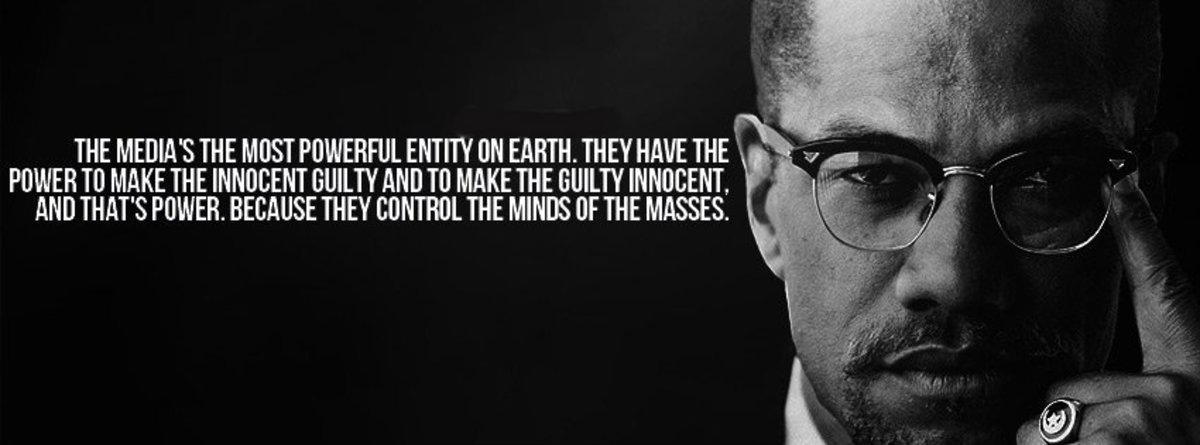
Change still needed
- thewallwillfall
Change from within
Doing it wrong for the right reasons?
- Wrong Kind of Green
The road to hell is paved with corporate profits and compromised NGOs




